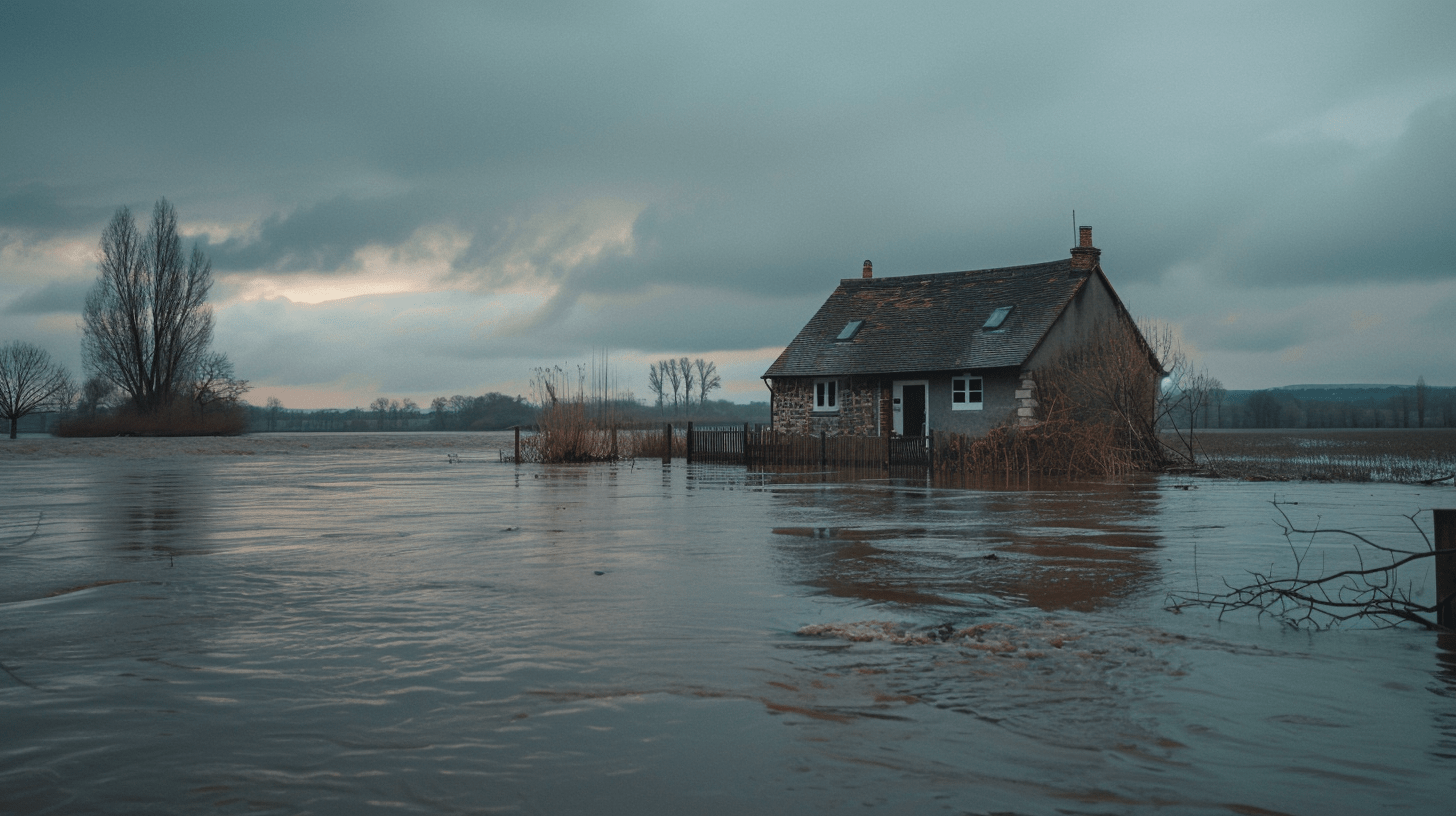Floods
Flooding is worsening with climate change and urban growth. Learn what causes floods, their impacts, and how to build resilience.

Long-Term Recovery & Resilience Building
Long-term recovery means establishing long-term resilience towards disasters. This includes implementing initiatives that prepare them for the next disaster that may occur.
Rebuilding with Resilience: Updating building codes, constructing flood-resistant infrastructure, and relocating critical services out of flood zones.
- After Hurricane Katrina (2005) in the United States, New Orleans updated its building codes to raise homes and structures above the highest predicted flood levels, and to include flood-resistant materials for construction. The goal is to reduce flood damage and protect buildings from water intrusion.
Community Engagement: Involving residents in recovery planning to ensure solutions are culturally relevant and locally effective. This could include engaging with locals to better gauge whether the existing solution itself is effective and in line with their needs, priorities, cultural lifestyle, and focus on sustainability.
- After the 2016 floods in Louisiana, local farmers were consulted to help design flood control measures and rebuilding efforts that would not disrupt their agricultural activities. Their knowledge helped avoid designs that could have unintentionally harmed the local economy.
Psychosocial Support: Addressing the emotional and mental health toll of disasters through counseling, support groups, and trauma care.
- After the 2011 Japan tsunami, psychological counseling and group therapy were provided to disaster survivors to help them manage grief and trauma. These services were especially crucial for children and elderly survivors.
Ecological Restoration: Rehabilitating wetlands, rivers, and forests to restore natural flood buffers and improve environmental health. Such buffers can act as sponges, reducing soil erosion and absorbing excess rainwater in the event of a flood.
Ecological restoration doesn’t only focus on flood prevention but also aims to restore ecosystem services, such as water purification, carbon sequestration, and biodiversity conservation. This is important for the long-term sustainability of both human communities and natural environments